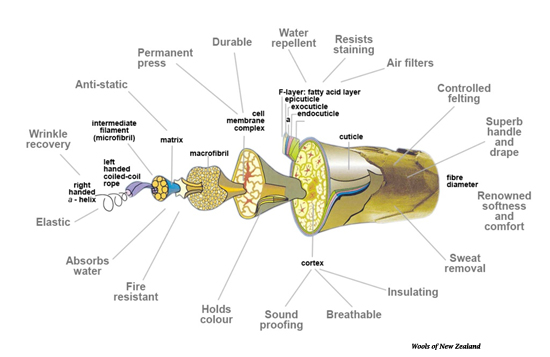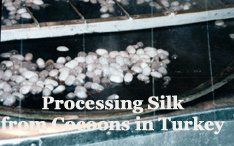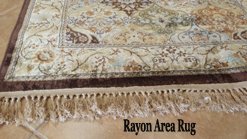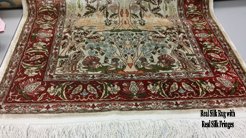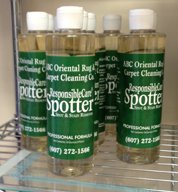ORIENTAL RUG FIBERS
Common Types
The type of Oriental Rug fibers used for the different parts of the construction of an oriental rug are a characteristic that can help determine its origin and value.
The foundation of the majority of oriental rugs consists of yarn fibers wrapped around a loom from top to bottom forming one part of the foundation called the warp cords. Other yarn fibers are woven across these warps and are called weft cords.
On most oriental rugs, yarn is cut and hand knotted onto the warps, followed by one or more weft yarns that are woven across the warps on top of the knots. The weft yarns are then beaten down by the weaver to secure the knots. The knots form the pile.
Common Oriental Rug Fibers
The most common fibers used in the making of Oriental Rugs are the following:
- Wool
- Cotton
- Silk
- Rayon**
Additional fibers may be used but to a very limited extent:
- Camel Hair
- Goat Hair
**A SPECIAL NOTE ABOUT RAYON FIBER: Rayon is a man-made fiber that has a look and feel similar to silk. Rayon fibers are sometimes inserted into the rug design as highlights.
The buyer of oriental rugs should be aware that manufacturers or dealers may try to pass off oriental rugs as having silk inserts, which would raise the value, thus the cost to the consumer.
Unscrupulous dealers may try to pass off a rug woven entirely of rayon fibers as a silk rug. Rayon is not a resilient fiber and rayon rugs will wear much faster than other fibers.
Find out more about rayon rugs and silk rugs.
Wool
Wool is the most common fiber used in the making of oriental rugs. Most often it is used in the pile, but it may also be found in the warp and/or weft yarns used in the foundation of the rug.
It is wool's resilience that makes it the best choice of fiber. Wool is excellent at hiding dirt and soil and is a totally sustainable resource.
Cotton
Cotton is most commonly the fiber used for making the warp and weft foundation. Cotton can also be used in the pile, though it is not as common.
It is usually in its natural, undyed form unless it has been dyed for identification purposes.
Silk
Silk, since it is the most expensive fiber used in oriental rugs, is more commonly found in the pile or knots than in the warp and weft foundation.
It is the most resilient, naturally occurring fiber and it provides a luxurious, lustrous look and texture. It is the fiber used most to make the most intricately knotted rugs.
How Oriental Rug Fibers are Prepared for Weaving
An Oriental rug is constructed with fiber that is spun and plied to form yarn. Different or same fibers may be used in the pile and foundation.
Spun Yarn
Yarn is formed from fibers being drawn out and twisted together in the process called spinning. Yarn that is twisted in a clockwise direction is called-S-spun. Yarn spun in a counter-clockwise direction is called Z-spun.
Plied Yarn
When rugs are manufactured, 2 or 3 strands of yarn that each have a twist to them will be put together and then twisted together in the direction opposite to that in which they were spun.
This is the process called plying and it is used to create a strong, balanced yarn.
Questions About
Oriental Rug Fibers?
Please feel free to call or text our office at 607-272-1566, contact us by clicking here should you have any questions. You may also send us a message on Facebook.
We have the experience and a combined knowledge of over 100 years in the industry. Providing information and education to our customers is an essential component of our service mission.
"The Cleanest Clean You've Ever Seen."
by
ABC Oriental Rug & Carpet Cleaning Co.
130 Cecil Malone Drive Ithaca, NY 14850
607-272-1566
ABC
Carpet & Rug
Spotting Guide
Learn how to remove spots with ordinary household solutions
Sign up below to gain access to your complementary Spotting Guide from ABC.
Registering your email address guarantees you will be notified whenever discount savings coupons become available.
Did you know that our ABC Responsible Care Spotter can get those pesky spots out of your carpet and rugs and will work equally as well on your clothes and upholstery?
Stop by our office and pick one up. They are $5.00 + Tax but if you have carpets or upholstery cleaned in your home or business, just request a free one from your Technician.
And don't forget to fill out the form above to download your free ABC Spotting Guide!
Additional Reading
Assessing the Value of Handmade Rugs
